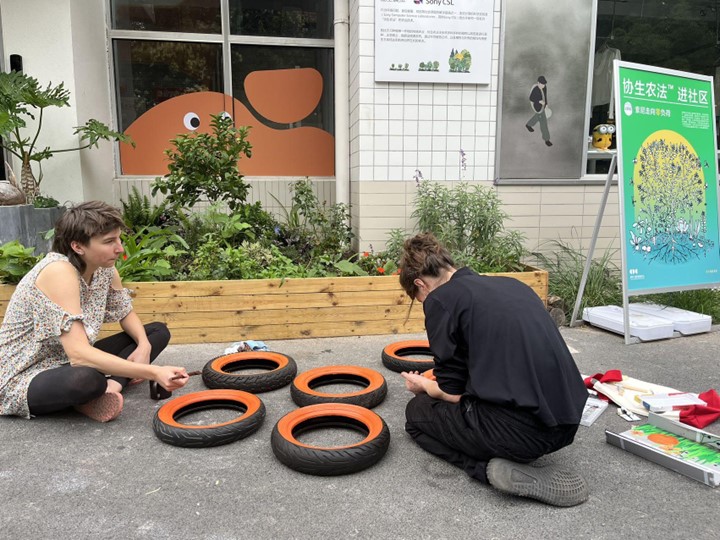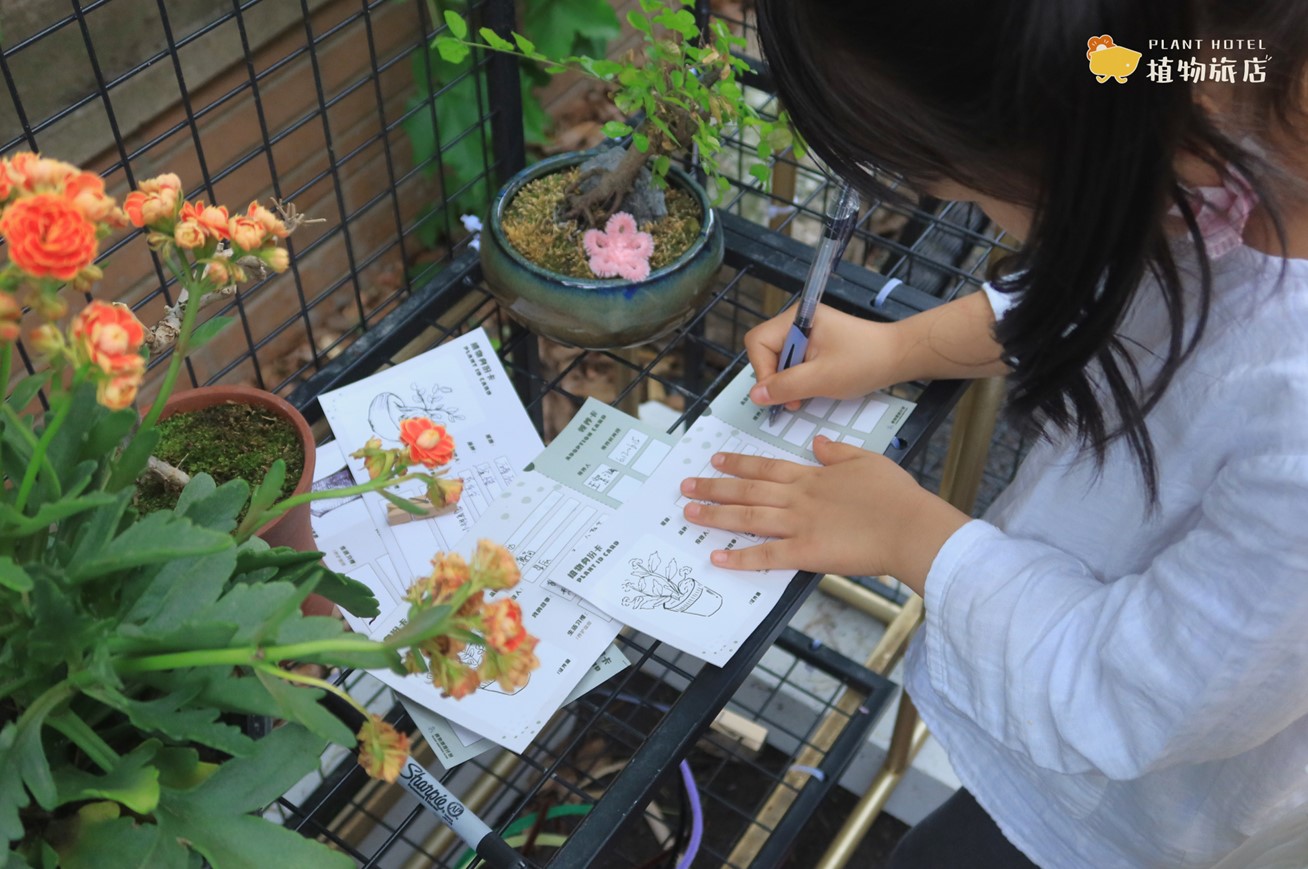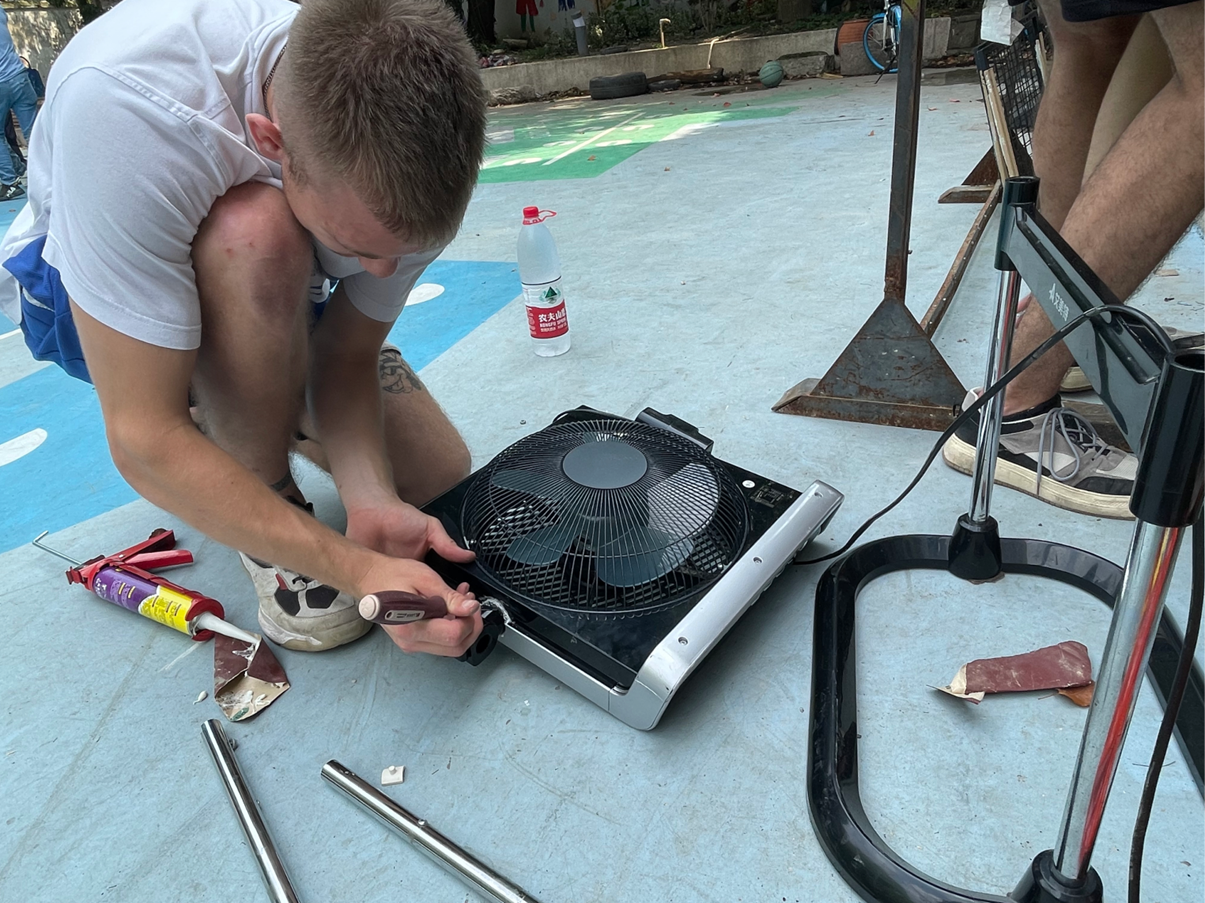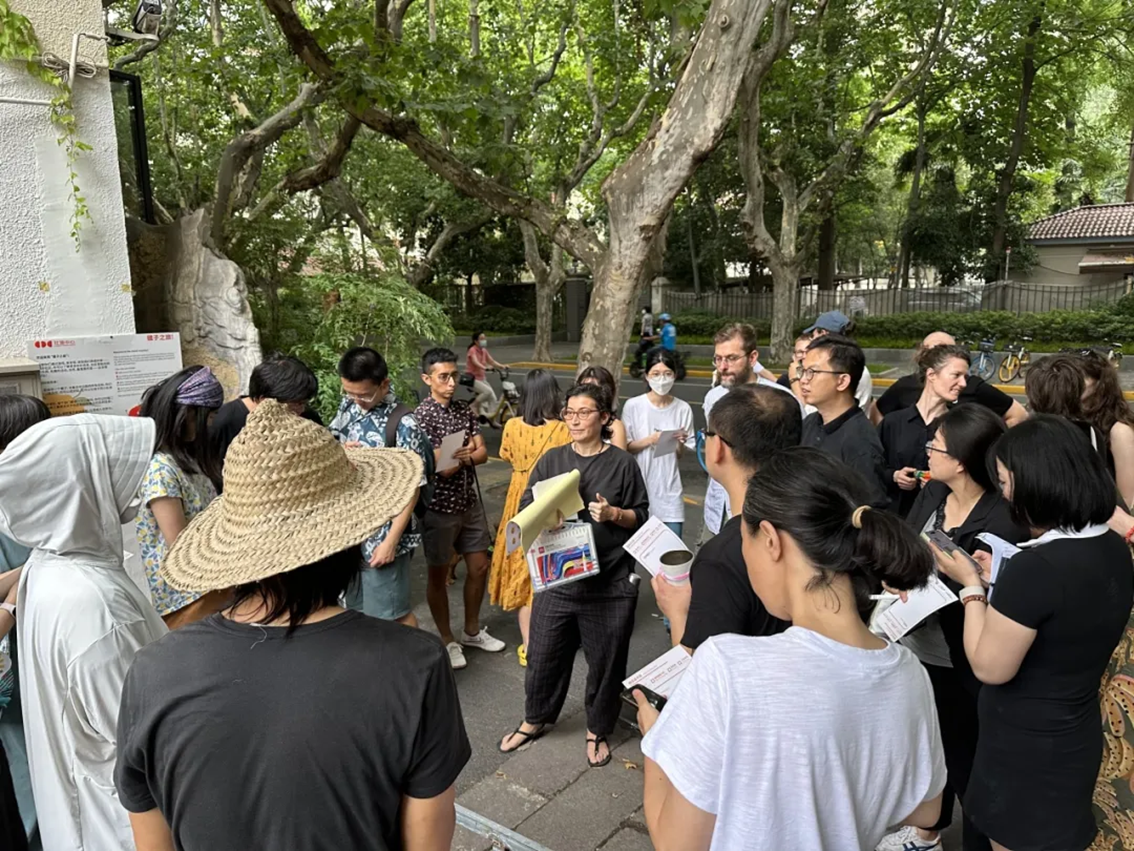This design residency aims to contribute to the evolution of XInhua CDC.
Xinhua is a meanwhile place with a continuous process of temporary uses. We invited the students to look at three regenerative challenges, and their intersection:
- carbon neutrality of the community
- digital and smart community assets
- Identity of the community within the temporality of the place
For 6 weeks, students became agents of temporality and developed projects able to answer the challenges and to contribute to the community. The project are developed in collaboration with the community.
On June 16th, we hosted a “Xinhua Ideas Day” in the community to present the project results. We shared the process and results with the Big FIsh team and the citizens participating to the CDC, and collecting their feedback and insights.
More information are available on our Wechat post: https://mp.weixin.qq.com/s/YEcuybPXgsNSCBaYu5VLcg
1. Jianzi-Journey
Playfully Take the Path to the Community Center
The project develops a wayfinding and walking strategy from the main road to the entrance of Xinhua CDC which is about 200mt inside a lanehouse. Students use a Chinese traditional ancient toy, the Jianzi, as a tool to interact with residents and to build a wayfinding system that embody a storytelling strategist and mechanism based on Augmented Reality.
The project serves a communication purpose about the activities and events ongoing in the community to be displayed to city dwellers, and invite people to deeper exploration inside the space.

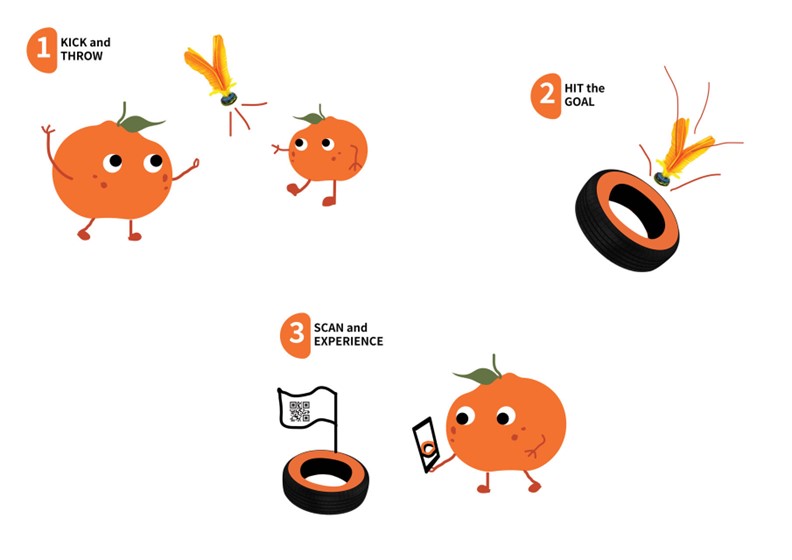
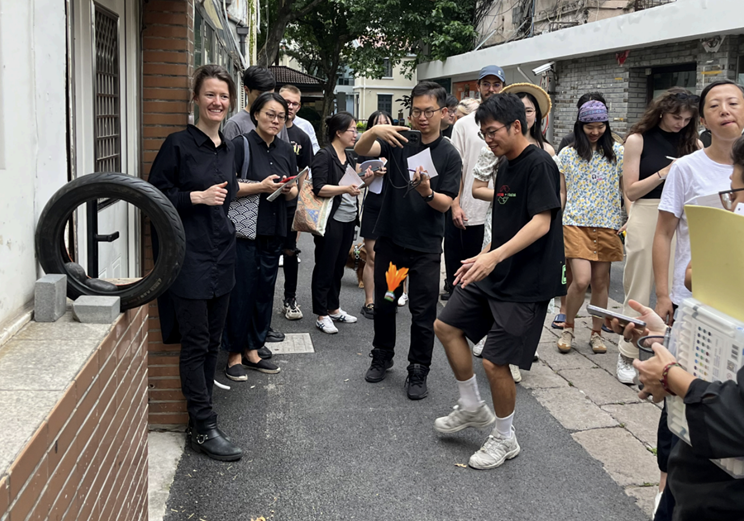
2. Plant drifting plan
Utilizing the existing plant resources and site space of the small vegetable garden in Xinhua CDC, community connections are established through the medium of plants by residents working together to adopt and care for community plants. Students use plants as a medium to help connections happen in the community. The idea is to provide a “plant shelter” and a “plants swapping program” to incourage relationship and sharing about gardening skills.
In the process of "floating" and "keeping" plants again and again, let plants become the carrier of community stories, so that the connection between people and people can be closer through plants, and feel the energy brought by plants. The overall activity is divided into three stages: donation - drifting - co-cultivation. Plants brought by community partners will follow their "guardians" to drift for a few days, be taken home and taken care of, and then return to the community to form a green corner for everyone to raise together. "Donation": Community residents are encouraged to donate their unused plants to the community to become floating plants and participate in the plant floating program as donors "Drifting": Plant guardians will take the plants home, take care of them for a month, update the plant gallery online regularly, and finally return the plants to the community. "Co-cultivation": When the floating plants return to the community after drifting, the guardians will take turns to look after the plants, watering and filling the soil. After two weeks of co-parenting, the next "floating" session will restart.
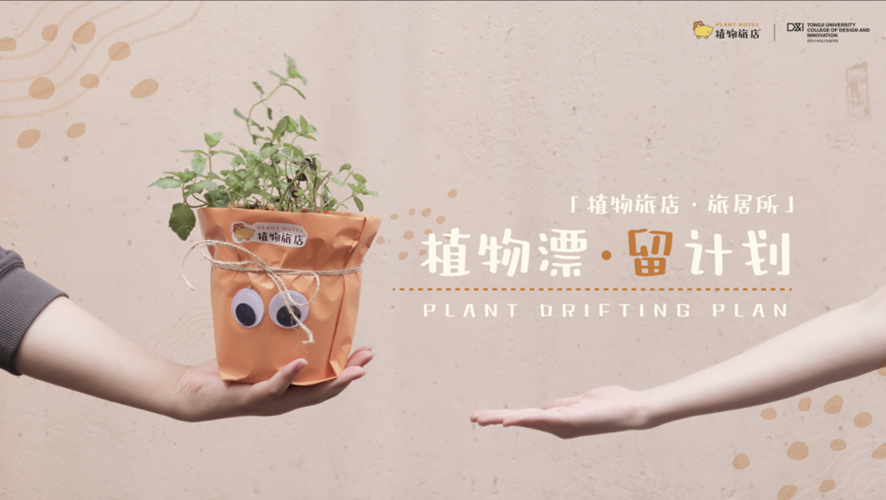
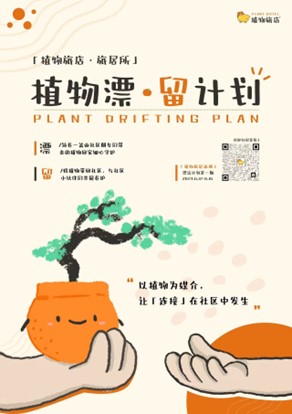

3. Looking for Xinhua
This project is all about the memories of the living community. "Looking for Xinhua” originated from the understanding that residents has a weak perception of their community environment and that past community memories are gradually fading away in the fast transformation of the area. The project develops pathways to collective memory and to re-evaluate and paying attention to their new neighborhood.
The project includes a roaming puzzle-solving game to seek, store, and share memories. Based on the geographical surroundings of the community, clues are scattered in the area and puzzles challenges are used to ignite residents' curiosity about the community. An abandoned fridge have been restored and used as a collection point of memories and new stories emerged during the roaming and is available in Xinhua CDC for further interaction.

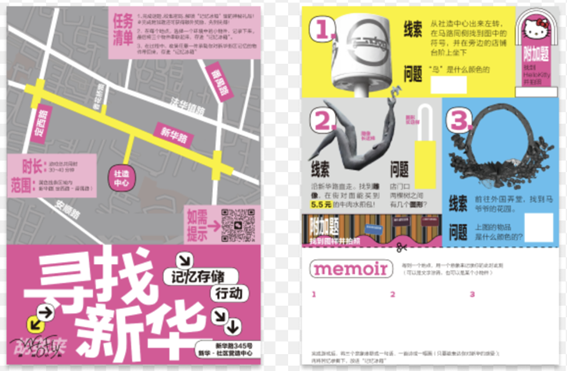
4. Tool Time
Tool Time is the idea to offer the community a temporary space to fix broken items and upcycle equipment. The project inspires residents to give a second life to objects, collaboratively. Students implemented a fully working tool and repair stations which will be left to Xinhua CDC and used the time of the design residency to demonstrate how many small improvement and repairing can be done in the public space, inspiring citizens to contribute to community maintenance, upcycling and re-furbishing. During the residency they also develop a small training programme open to everyone to contribute to skill-set development and co-design the toolkit provided.
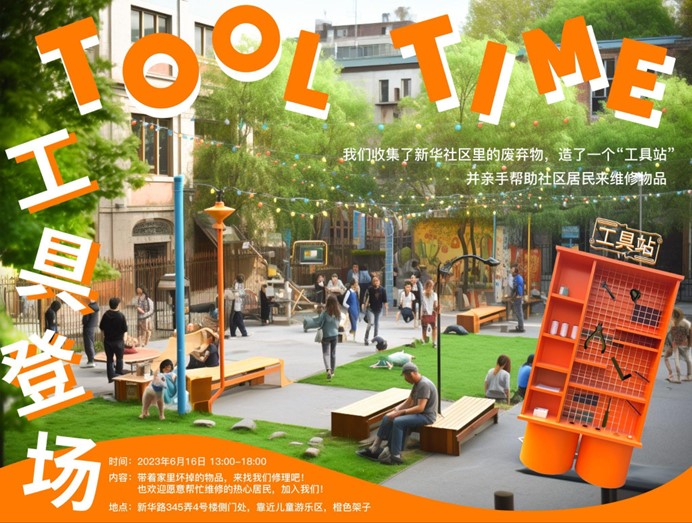
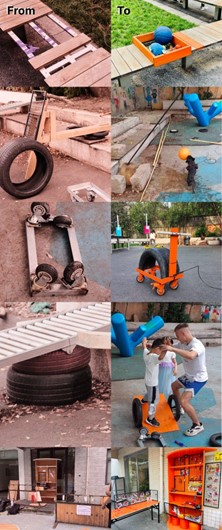
Authors: Summer Li, Francesca Valsecchi
- Co-creative and community-led meanwhile
- Circular and Collaborative economies
Tags: Upcycling, Space renovation, Collaboration
